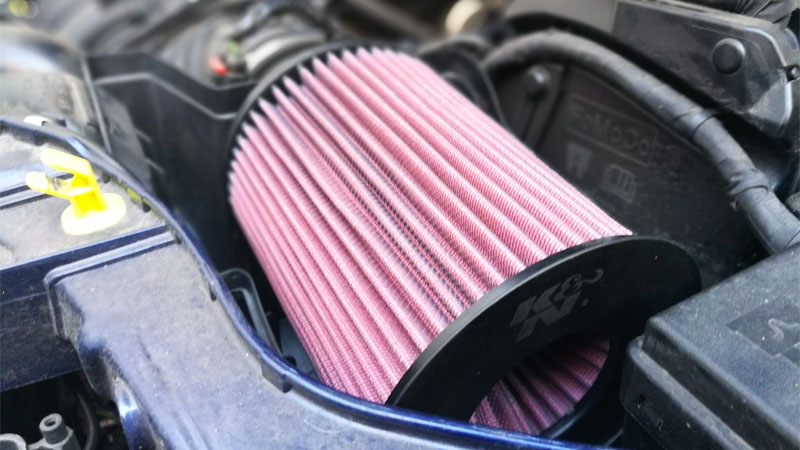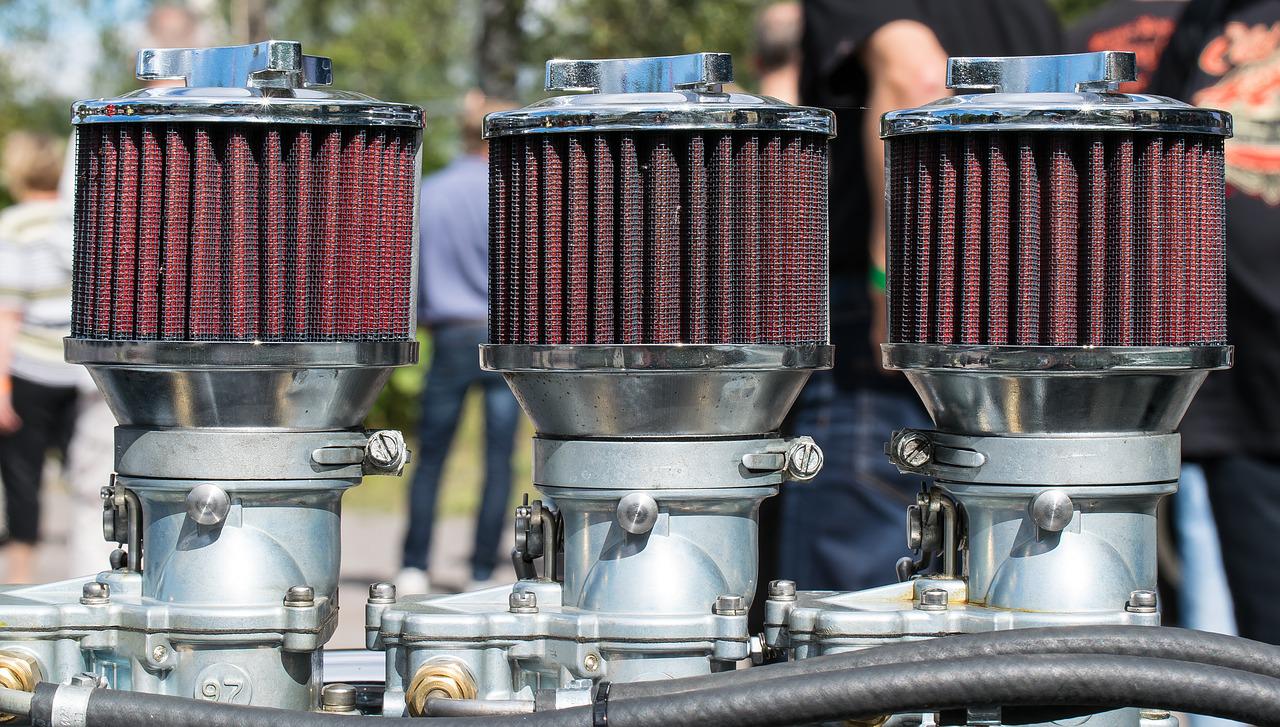Nothing beats the feeling of driving a new car. The brand-new engine accelerates with just a tap on the pedal, and it runs like a beast on the road. Unfortunately, the engine adds more mileage over time, and the air filters become clogged. Depending on the usage, the engine may need a new filter every 12,000 to 15,000 miles. Changing the filter enhances performance.
Ever seen an old car with a sputtering engine that puffs out black smoke? That’s caused by a dirty air filter. An air filter is made to keep harmful contaminants from reaching the engine. It screens out oil, grease, dirt, bugs, water, pollen, and anything else that blows into the vehicle’s grill. Keeping these contaminants out reduces the odds of excess fuel or particles building up in the engine.
Washable air filters are reusable, more efficient, and last longer than standard paper filters. Increased airflow, while simultaneously filtering out these particles, helps to provide the muscle and acceleration every car owner is looking for. Read on and we will explore the advantages and disadvantages of washable air filters.
Washable Air Filter Advantages
1. Long-Term Engine Health
If a car isn’t performing well, there’s a good chance it’s got something to do with the engine. Perhaps it’s an overheated engine or a dirty filter. Whatever the case, an air filter can solve both issues.
A car engine needs air to ensure a proper combustion process. Unfortunately, single-use paper filters will allow tiny particles and debris to enter the engine over time. Particles and dirt that enter the engine cylinder are perhaps the most common cause of lower fuel mileage and loss of performance. Debris can cause the cylinder walls and pistons to grind and degrade—and damaged pistons will inevitably lead to engine failure.
Furthermore, standard paper air filters use materials that restrict airflow and reduce engine performance. Over time a lack of air and increased particles can cause the pistons and cylinder walls to break down, leading to engine failure.
Fortunately, washable air filters can be easily cleaned and replaced at any time, allowing owners to get rid of harmful contaminants. Additionally, the breathable cotton fabric used in these filters tends to absorb particles better and allow more air into the engine, resulting in better long-term engine health.
2. Durability
Standard single-use paper filters are made of a plastic or foam frame and designed to be thrown out after a short time. These filters tend to be low-cost and inefficient.
Although they block out larger particles, they fail to repel tiny pollen, dust, and pollution, allowing them to infiltrate the engine. Over time, the paper filters are clogged, restricting airflow into the engine and reducing the performance and horsepower of the vehicle.
Washable air filters consist of a more breathable fabric like a multi-layered cotton gauze that increases the contaminant capturing surface area. The enhanced breathing properties enable a greater flow of air into the engine. Since the filters are made with higher quality fabrics and can be reused after cleaning, they’ll last for many years.
3. Maintenance
Washable air filters are made with layered cotton that captures more contaminants, allows greater airflow, and requires less maintenance. As mentioned, standard single-use air filters require replacements every 12,000 to 15,000 miles. Comparatively, washable air filters can go up to 50,000 before it needs to be cleaned.
4. Savings
Every little car expense adds up when calculating for the entire lifespan. With frequent oil changes, tire replacements, and even throwing out paper filters, the cost of upkeep for a vehicle can be quite high. Reusable air filters are a great way to decrease that cost. They can last the entire lifespan of the vehicle—just buy it once and keep reusing it.
Washable Air Filter Disadvantages
1. Cleaning
One potential downside of reusable air filters is the need to periodically wash them. Fortunately, it’s not a big hassle at all.
With proper cleaning products, all it takes is a spray on both sides, a ten-minute wait, and a quick rinse using a cold, low-pressure water source like a faucet. Then, allow the filter to air dry (without compressed air or fans), apply a quality car oil to the filter, and reinstall. It does require some do-it-yourself steps, but it offers better durability and engine health.
2. Upfront Investment
Although they provide long-term savings, washable filters tend to be more expensive than standard air filters. However, it’s important to consider that reusable air filters ensure that car owners will purchase far fewer air filters throughout the many years of owning their vehicle. It’ll be more cost-effective in the long run.
Lastly, contaminated oil, dirt, and pollen can cause irreversible and severe damage to a vehicle’s engine. A high-quality washable air filter eliminates these foreign particles from the circulating oil in the engine components for greater protection and longevity.
Without a washable air filter, you’ll need to change their filters frequently—otherwise, the contaminants can degrade the engine parts. Although these reusable filters do require an upfront investment and cleaning, their benefits to your engine seem well worth it.
- The History of the BMW M Coupe (the “Clown Shoe”) - Mar 26, 2024
- The History of the Ford Flex - Feb 28, 2024
- Can You Trade In a Car With Body Damage or Mechanical Issues? - Feb 21, 2024




I thought the opposite was true. More airflow is inversely proportional to filtration. Disposable air filters are more restrictive in airflow but filter better. Not true?